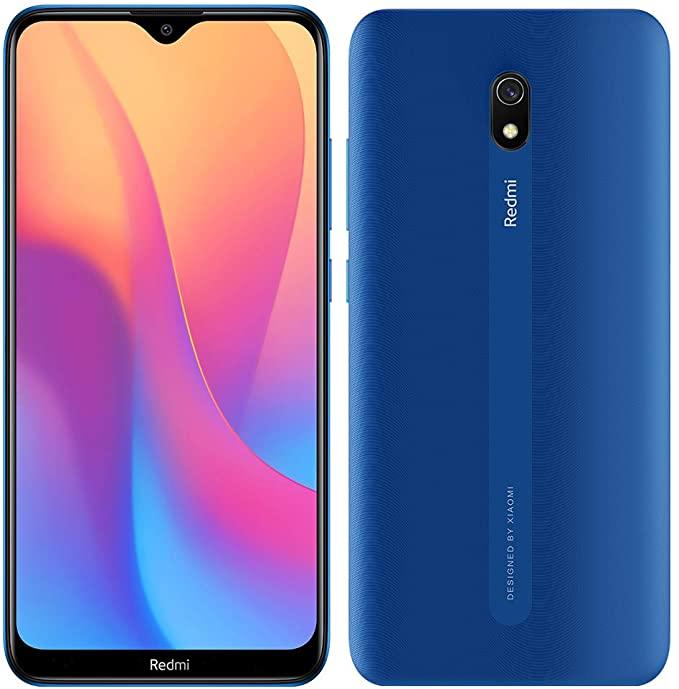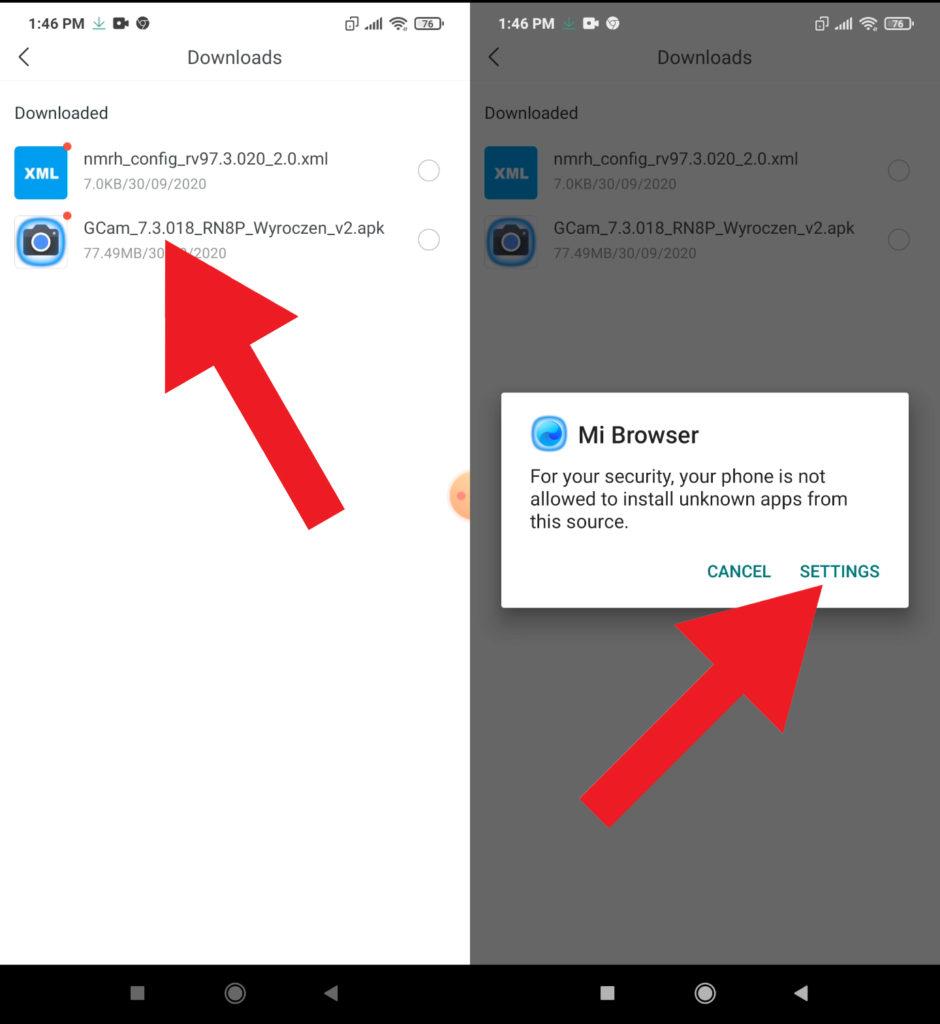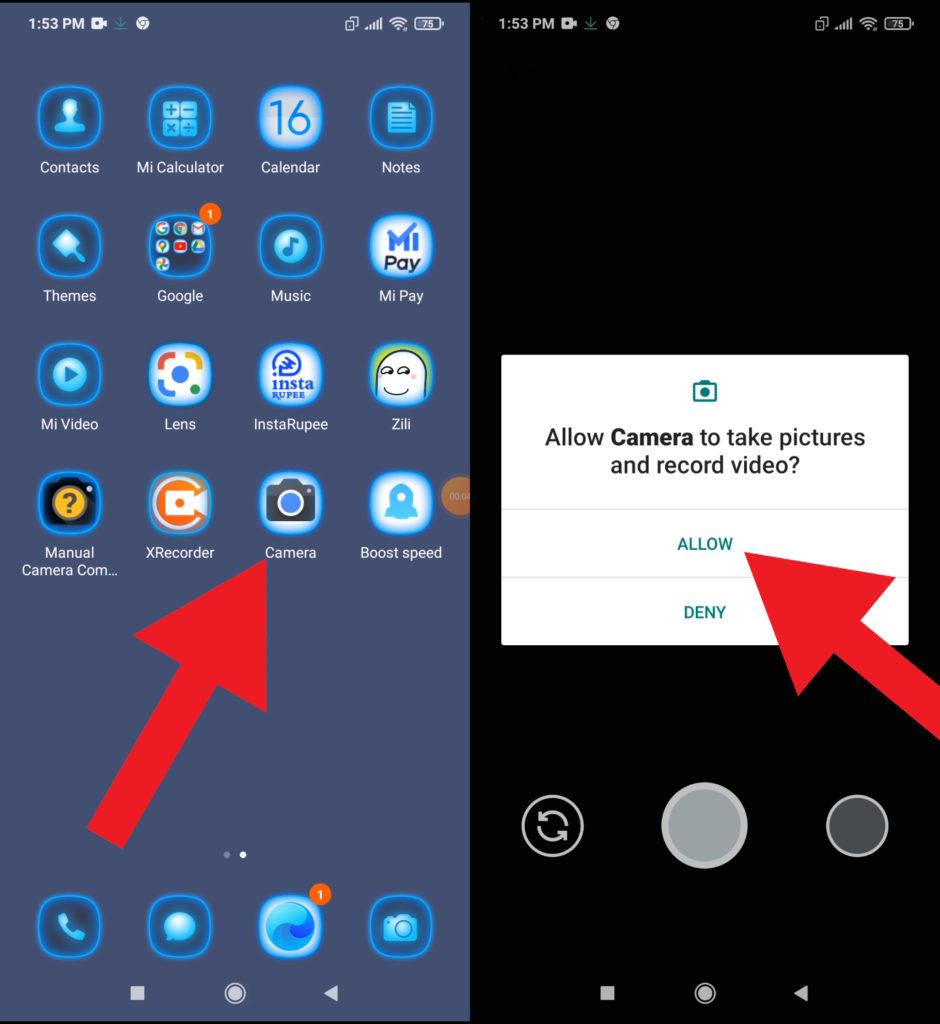Xiaomi has opted for an HD+ display with a resolution of 720×1440 pixels and Corning Gorilla Glass 5 for protection. The Redmi 8A sports the same Snapdragon 439 SoC as the Redmi 7A. This is an octa-core processor with eight ARM Cortex-A53 cores clocked at 2GHz. The smartphone is available in two variants; one with 2GB of RAM with 32GB of storage priced at Rs. 6,499, and the other with 3GB of RAM with 32GB of storage priced at Rs. 6,999. We had the base variant in for this review.
Camera Specification
The Redmi 8A has a single camera at the back, based on the Sony IMX363 sensor. This is a 12-megapixel sensor and has been used in the likes of the Google Pixel 3 (Review) as well as the Poco F1 (Review). This camera has an f/1.8 aperture, a 1.4-micron pixel size, and dual-pixel autofocus. At the front, the Redmi 8A has an 8-megapixel selfie shooter with an f/2.0 aperture and 1.12-micron pixels. Xiaomi has used the same camera app as always, and you get shooting modes such as Portrait, Pro, and Short Video apart from the usual photo and video modes. There is HDR as well as AI scene detection.
What is Google Camera (Gcam)!
If you’re a mobile photography lover then you should know about the GCam app. But if you don’t know, then the Google Camera app offers plenty of useful features like Portrait mode, AR Stickers, Google Lens suggestion, PhotoSphere, Lens Blur, Night Sight, HDR+ enhanced, RAW image support, and more. All of these features can also be found on other stock camera apps but they can’t be so effective when it comes to the performance.
The Google Camera app simply delivers the best in the class image and video quality even in low lighting conditions. The portrait mode, saturation level, brightness level, exposure, dynamic range, background blur effect with nice edge detection, etc are properly maintained on the images taken from the GCam app. Form the very first use, you can start noticing the difference.
Important Notes!
So, If you installed the APK and when you try to open it, it is not working? No problem, we have got you covered.
1. Check Camera2API support: Google Camera needs Camera2API support on your device to work properly. How to check if your phone has Camer2API support? Follow this guide: How To Check Camera2 API Support on Android? Find Out.
▼Download Google Camera (GCam)▼
(Please Try every APK file linked below)
GCam1 APK : Download
GCam2 APK : Download
GCam3 APK : Download
GCam4 APK : Download
▼Video Instruction▼
(Please ignore config file if its not available in the download section)
Steps to Install Google Camera
1. Download the GCam APK file on your device from the link above.
2. Tap on the APK file > It may ask you to enable the Unknown Sources option at first.
3. Go to the device Settings > Security or Privacy > Additional Settings.
4. Once the Unknown Sources enabled, tap on the Install button.
5. Now, open the Google Camera app and allow some of the permissions.
That’s it. You’re done.
So, there you have it from my side in this post. I hope you liked this post and were successful in installing the GCam or the Google Camera port for your smartphones. Let us know in the comments which features were far better with the GCam as compared to the stock camera application.




